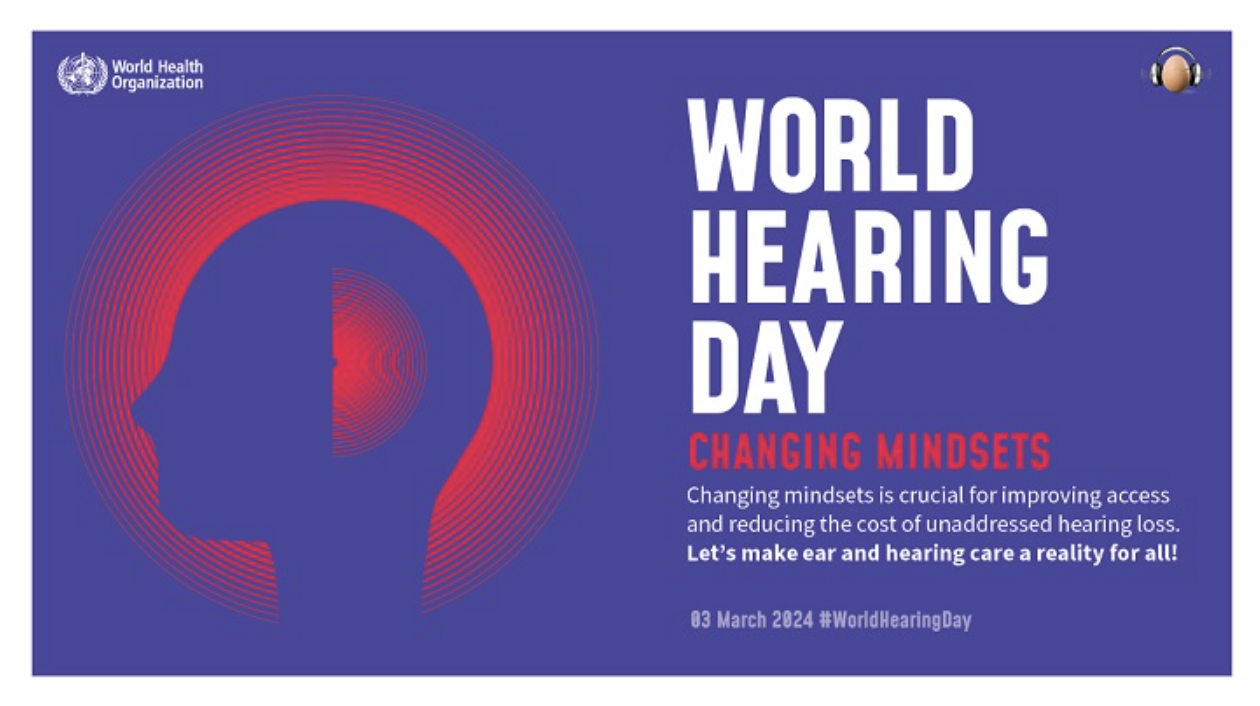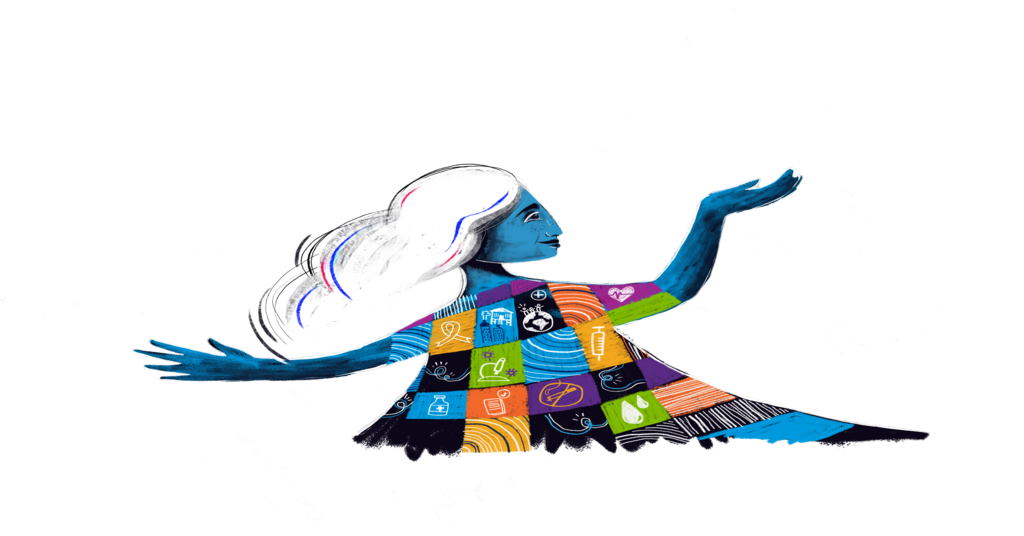
Interacting with masked police officers when you’re deaf
June 26, 2020
Tips for running with hearing aids
June 30, 2020Twitter’s new audio feature is not accessible for deaf people

Twitter recently released a new feature intended to create a “more human touch,” as the company said in a blog post.
It backfired when users pointed out Twitter’s new audio feature is not accessible for people with hearing loss.
New Audio Feature
Twitter differs from other social media platforms in that each tweet can only have 140 characters. With this new feature, those 140 seconds can be voiced. In other words, users can send audio recordings of up to 140 seconds directly to their feed. If more time is needed, a new voice tweet starts, and a thread is created.
Currently, this audio feature is only available to a limited group of iOS users but will roll out to everyone using the Twitter for iOS app over the next several weeks. Users who don’t have the ability to record can still listen and reply to posted audio tweets.
Lack of accessibility on Twitter
When the audio feature was released, Twitter faced a massive backlash for its lack of foresight. Now Twitter product designers are apologizing, acknowledging that captions and access weren’t part of the process.
Twitter software engineer Andrew Hayward responded on Twitter to complaints by revealing that the company doesn’t have a team dedicated to accessibility. Employees volunteer their time beyond their usual duties.
“We’re exploring the best ways to meet the needs of people with different abilities,” tweeted Maya Patterson, Product Designer at Twitter.
Twitter Support described the feature as an “early version.” UK-based deaf journalist Liam O’Dell responded with a tweet:
“With the greatest of respect, Twitter, describing this version of the feature as ‘early’ to make up for the fact that it currently isn’t accessible (but may well be in a later version) isn’t good enough,” says O’Dell. “Accessibility should be considered from the start, not as an afterthought.”
“Accessibility should be considered from the start, not as an afterthought.”
Other social platforms have captions, so the “new feature” excuse doesn’t hold up.
Read more: More people are adding captions to Instagram stories, here’s how you can too
Dantley Davis, the company’s head of design and research, issued a public statement about moving forward with accessibility.
“I appreciate the feedback and direct conversation about #a11y from our passionate community,” Davis tweeted. “It’s clear we have a lot of work ahead to make Twitter more inclusive for people with disabilities. I will advocate for a11y to be part of our design from the beginning of all projects.”
Patterson tweeted a personal response to the deaf and hard of hearing community through the audio feature. Since the captions obviously aren’t incorporated yet, she added a transcription. Her thoughtful, genuine apology was well-received, but people decried the fact that a new employee was taking the fall.
Support from others
One of the best examples of support was from Lin-Manuel Miranda. He tweeted something using the audio feature and called it “Testing,” and then used it again for a song.
“I am not using this feature until they add accessibility features, and I really encourage others to do the same,” Twitter user Shannon Dingle tweeted. “In the movement against ableism, we disabled people need abled allies to join us. Right now this new feature blocks access to users who are hard of hearing or Deaf.”
She wasn’t alone in alerting him to the lack of accessibility. Miranda deleted his last audio post but kept the Testing one to provide context.
“I hear you and I can roll w that,” he tweeted. “No more until accessibility issues resolved.”
I am not using this feature until they add accessibility features, and i really encourage others to do the same. In the movement against ableism, we disabled people need abled allies to join us.
— Shannon Dingle (@ShannonDingle) June 18, 2020
Right now, this new feature blocks access to users who are hard of hearing or Deaf.
Twitter’s response to lack of accessibility
When HearingLikeMe reached out to Twitter to find out what the company has learned from all this feedback and how they’ll be more active in thinking about accessibility in future rollouts, Twitter shared this thread.
We're sorry about testing voice Tweets without support for people who are visually impaired, deaf, or hard of hearing. It was a miss to introduce this experiment without this support.
— Twitter Support (@TwitterSupport) June 19, 2020
Accessibility should not be an afterthought. (1/3) https://t.co/9GRWaHU6fR
In the thread by Twitter Support, Twitter apologizes for testing voice tweets without support for people who are deaf or hard of hearing.
“It was a miss to introduce this experiment without this support,” says Twitter. “Accessibility should not be an afterthought.”
Twitter also said they fixed several issues related to vision accessibility, including making voice tweets identifiable on the timeline and making accessibility improvements. These updates will be available in a forthcoming iOS release.
“We’re already exploring ideas for how we could support manual and auto transcriptions,” Twitter Support added. “We’re also looking at how we can build a dedicated group to focus on accessibility, tooling, and advocacy across all products, in partnership with the @TwitterA11y and @TwitterAble teams.”
Response from the deaf and hard of hearing community
The consensus is that people are glad Twitter is taking the feedback seriously. But not only should the feature be removed until it’s fully accessible, there should also be an accessibility team in place. This team should be paid and include people with disabilities.
Twitter isn’t the only social media platform that lacks accessibility, as a petition has been circling the deaf and hard of hearing community to have Instagram add closed captions to their Stories feature.
Time will tell whether Twitter is giving us more than lip service.



